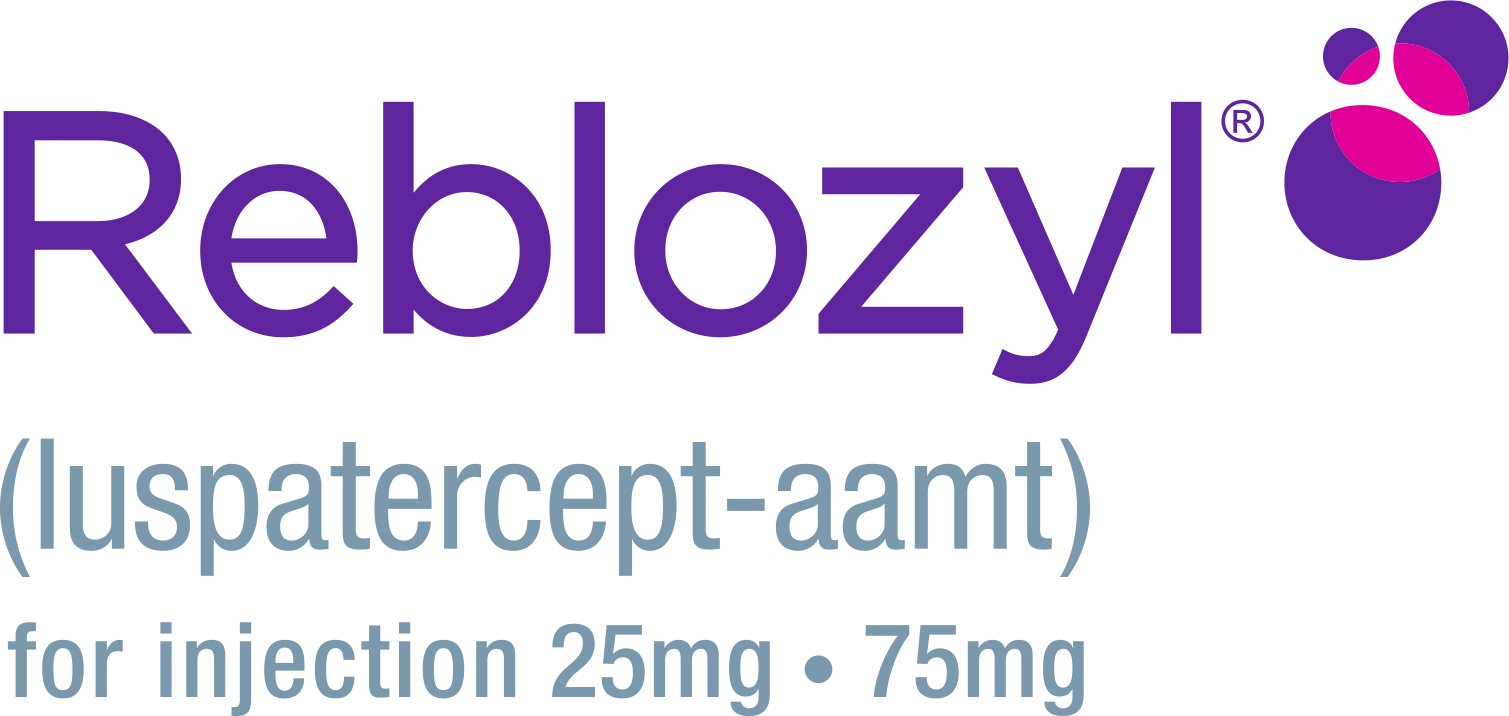Setting treatment goals

Your healthcare team can help set treatment goals, such as target hemoglobin (Hgb) levels, transfusion needs and symptoms.
You and your healthcare team should work together to set both short-term goals and long-term goals for your treatment and to figure out how treatments are working at each appointment.

It’s very important that you understand your treatment goals—so if you have questions, or if the goals are confusing, speak up. Don’t be afraid to ask for further explanations or clarify any confusing information.

An example treatment goal might be increasing your Hgb level. Having an Hgb-based goal is common for people who have anemia because Hgb levels can have a possible impact on the severity of symptoms. How people feel at different Hgb levels can vary from person to person, so make sure to talk to your healthcare team about what range aligns to your treatment goals.

Setting activity-based goals
Activity-based goals can help you understand how myelodysplastic syndromes (MDS)-related anemia is still impacting your day-to-day life.
Like your healthcare team’s treatment goals, your activity-based goals can include short-term and long-term goals to help measure your progress. When you’re setting activity-based goals, think about how the severity of your symptoms has impacted your daily life. It might also help to ask a loved one for their point of view. By working together, you’ll be able to better understand how the severity of your symptoms has impacted your daily life.
Work with your loved ones to answer questions like:
- What activities have become difficult for you?
- What have you had to stop doing?
- What parts of your daily routine have you had to change?
- What would you like to do more often or more easily?
- What would you like to be able to do with less help from others?
- What part of your treatments are the most inconvenient or unpleasant?

Speaking up with your healthcare team and discussing your answers to these questions will help you know what symptoms might need attention.
Once you, your loved ones, and your healthcare team have agreed on activity-based goals, write them down. Be sure to discuss your progress toward your activity-based goals frequently, both with loved ones and during visits with your healthcare team.

For help talking about goals, use the REBLOZYL Doctor Discussion Guide.
Download the Doctor Discussion Guide.

Why is tracking important?
To make the most out of any treatment, it’s important to keep track of how you are responding. Tracking how you feel right from the start of treatment and sharing your notes with your healthcare team provides them with important information that allows them to make adjustments.
What can I track during appointments?
Depending on the type of appointment, make sure to write down the following:
Treatment information, including dates and dosages
- Having information about your current and past doses helps your healthcare team understand when a change may be needed
Test results, including Hgb and any info about changes in your levels
- Hgb levels can be different from person to person, so keeping track of them during every stage of your treatment journey can help you and your healthcare team see when changes are happening
Transfusion information, including dates and number of units
- If you’re getting more transfusions over time, you can bring it up with your healthcare team. It may mean you need a change in treatment or an increase in dosage
Your appointment is your time.
Don’t hold back any questions, remember to take notes, and bring someone with you if you think it might be helpful.

What can I track in between appointments?
Your day-to-day tracking is just as important as the information from your appointments. At home, you and your loved ones can note:
- How you feel right after a transfusion (for example, usually pretty good)
- How you feel in the time leading up to your next transfusion (for example, typically not as good)
- Your progress toward your short-term and long-term activity-based goals
- Any changes in your symptoms that keep you from feeling like yourself, including increases or decreases in tiredness, pain, dizziness, lightheadedness, headaches, muscle aches, and muddled thoughts

For help with tracking, try the REBLOZYL Treatment Tracker
Your healthcare team doesn’t know what you don’t share with them. Taking an honest and open approach will help them understand how you are progressing toward your goals.
Download the Treatment Tracker.


